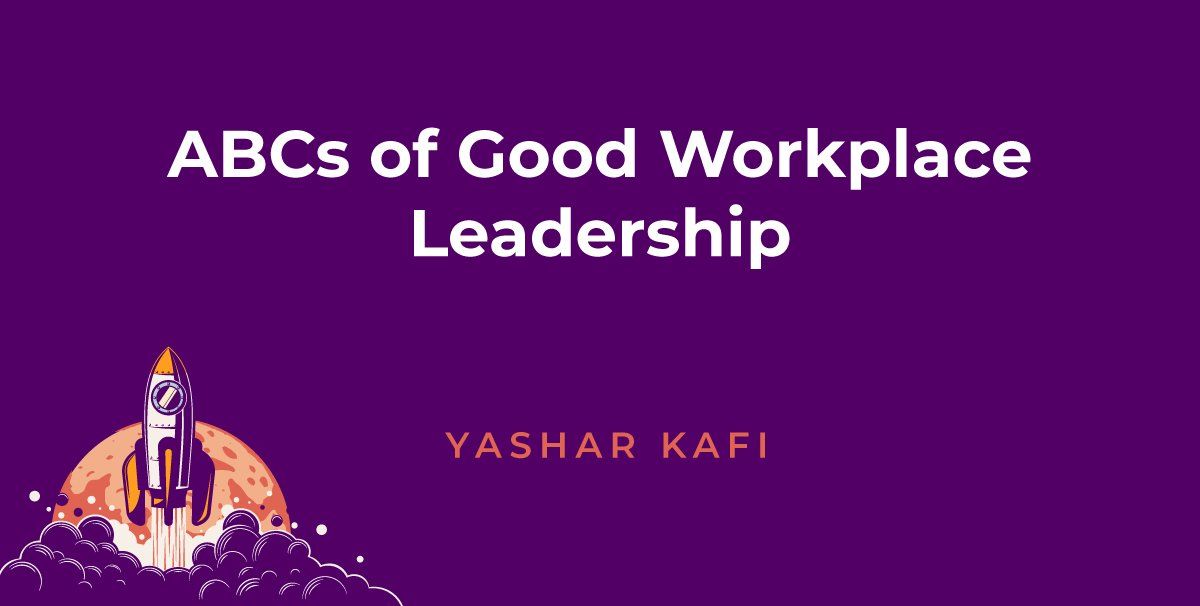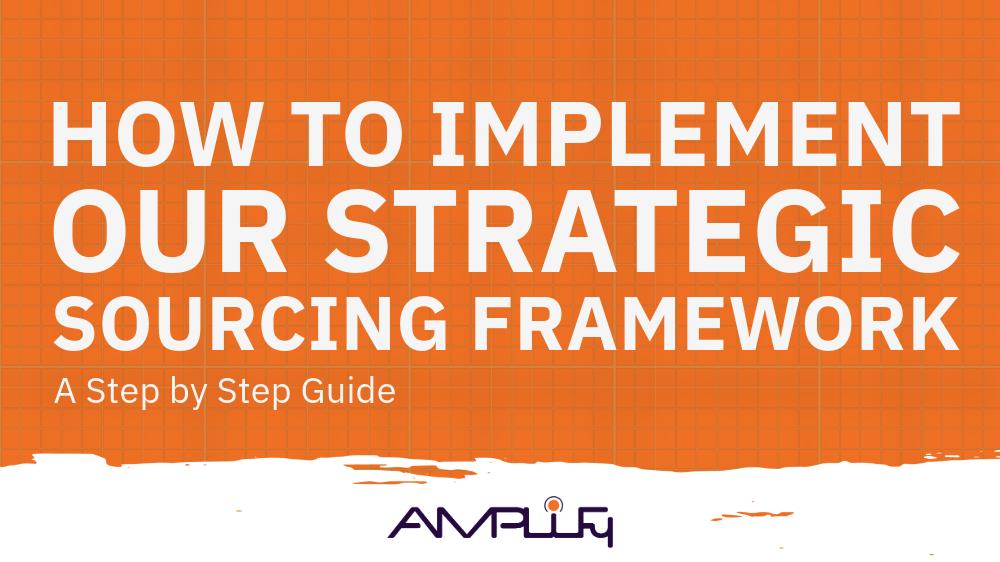ABCs of Good Workplace Leadership
Many assume that they have arrived once they land the leadership role they’ve been pursuing. I hate to break it to you, but once you accept that prized position, your education in workplace leadership is only just beginning.
Here is my spin on the ABCs of workplace leadership—a simple set of traits (A to Z) that you should have as a good leader.
Why Good Workplace Leadership Matters
With the Great Resignation far from being in our rear window, it’s clear people are no longer willing to keep working in environments where they do not feel supported, challenged, motivated, appreciated, etc. And too many times, much of the responsibility for them not feeling those things falls on management and leadership.
We’ve all heard the saying that people don’t quit jobs, they quit bad management, and it’s often true. Statistics show that 79% of employees will leave due to a lack of appreciation, 69% say they would work harder if their efforts were better recognized, and 70% are unhappy in their roles due to negative workplace management.
And more condemning evidence shows why proper workplace leadership is more crucial than ever today: half of workers admitted to leaving past positions to get away from a bad manager/leader.
Understanding your Leadership ABCs
New York Times bestselling author Tom Smith described excellent leadership as “the ability to facilitate movement in the needed direction and have people feel good about it.” Many leaders focus on that first part—absolutely nailing it by creating actionable strategies to move their team forward and reach their goals—only to fail on the second part. That elusive feel-good factor.
Measurable actions are far easier to achieve, but making people feel good about them is more challenging. You will need to become an excellent leader to do this. And that means having all the traits—from A to Z—required to excel in workplace leadership. Each of the following words will help you become the ultimate leader of your office.
Accessible
When you think about accessibility, you might hear the often said: “My door is always open.” This is an excellent way to convey that you are accessible to your team if they need you. The only thing is if you say your door is always open, make sure it is. Can people come to you anytime with any issues? This is a good gauge of whether you are accessible.
Behavior
How you as a leader behave directly impacts your entire team, so your behavior matters. You have heard about walking the talk, and this is what it means. Good leaders must master the behaviors and practices necessary to achieve their organization’s strategic goals. Period.
Communication
Communication is key. A good leader needs to communicate well to keep everything running smoothly and effectively and maintain healthy, thriving interoffice relationships.
Development
A good leader is always working on personal and team development. If you and your team aren’t thriving, your organization won’t be either.
Empowering
Great leaders provide resources and remove obstacles for others, enabling them to be as effective as possible. Their wins ultimately result in your wins.
Fearless
As a leader, fear is a luxury you can’t afford. Embrace Franklin Roosevelt’s famous philosophy, “The only thing we have to fear is fear itself,” and don’t be afraid to be bold and make moves with confidence.
Guidance
Leaders are meant to lead, and that means providing guidance. The best leaders can provide guidance through daily work, change, and especially when something goes wrong.
Humor
Seeing the lighter side of the situation will serve you well as a leader. Trust me on this one, as sometimes, you’ll cry if you don’t laugh. There’s nothing wrong with tears, but I prefer to laugh and have my team laughing with me. How about you?
Inspiring
A good leader needs to inspire their team to want to excel, especially when it requires constant change. After all, forced change is far less appealing—or sustainable—than inspired change.
Judgement
A leader must have good judgment and use it to make excellent decisions—sometimes under pressure.
Knowledge
You don’t have to know everything, but your team looks to you as a leader for knowledge. You should do all you can to become a trusted pool of information for them to go to.
Listening
Active listening is the cornerstone of your success. You have to listen in order to lead.
Mentor
As a leader, you have the privilege and honor of sharing your wisdom with future generations of leaders. Think of this as a mentorship role, and support and empower them on their journeys as such.
New
Don’t be afraid to try something new. Far too many leaders have failed and missed opportunities due to an unwillingness to embrace change.
Organized
Be organized for yourself and others. You’ll be amazed at how this helps in managing people and processes.
Patient
Patience is vital when working with others, especially when encountering challenging situations. And any leader knows that’s basically every day, right?
Quick-thinking
Good leaders are agile and able to pivot and think quickly when needed.
Resilient
Change is constant in the workplace, inevitably accompanied by setbacks. Great leaders must have the ability to bounce back and overcome.
Strategic
Leaders must always be focused on meeting goals today while keeping future aims in mind. This requires having a strategic mind.
Trust
A great leader must be trustworthy. It’s crucial that their team feels like they can trust their leader and come to them with issues.
Unafraid
Just as a good leader creates an environment where their team feels unafraid to make mistakes, you must also be fearless to take risks and make mistakes.
Vision
To lead your team well into the future, you must have a long-term vision for yourself, your team, and your business.
Wisdom
This one will require cultivation, as no one is born wise. To gain wisdom as a workplace leader, focus first on understanding what makes your organization tick, then go from there.
X-Factor
As a leader, you want to be that shining star that inspires, but not in an arrogant way. You will have that elusive X-factor, some noteworthy quality or talent that sets you apart from the rest.
YES!
We’ve all had that person in our lives that before we even ask a question, we know the response will already be a firm and close-minded “NO.” Who wants to work for someone like that? As you lead, never underestimate the power of an open mind that is unafraid to give an affirmative response of YES!
Zen
Finally, be a leader who can bring peace and calmness to a team when it’s needed. And it will be needed!
To learn more about being a great workplace leader, reach out to the AMP team today.




